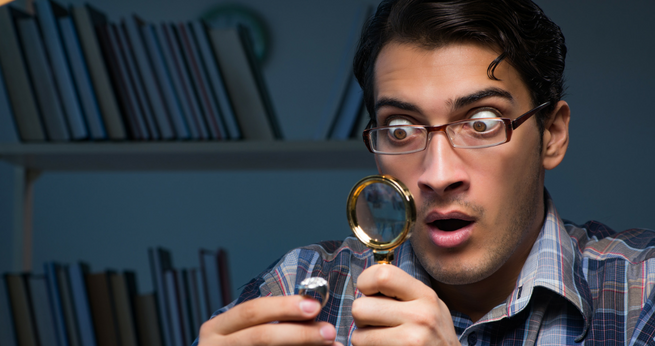
How to Tell if a Diamond is Real
Owning a diamond is precious. They’re usually very sentimental to us…so it’s only natural to wonder if what was sold to you is authentic, or if the antique you adore is genuine. Well, wonder no more. We’ve compiled the must-know tips below on how to tell if a diamond is real.
How Can You Tell if a Diamond is Real?
Sometimes, stones are made in a lab solely for the purpose of passing as real diamonds. These are harder to spot as fake, as a lot of them stand up to common test methods (more on that in a bit).
Other times, certain stones are mistaken for diamonds due to their appearance to the untrained eye. Gems commonly mistaken for or passed off as diamonds include:
- Colorless/white topaz
- Colorless/white sapphire
- Colorless/white zircon
- Spinel
- Rutile
- Synthetic stones (made in labs)
- Cubic zirconia
- Moissanite
Difference Between Real and Fake Diamonds
So—what’s the big difference? To find out, you can look at two of the main properties of a real diamond: it’s durability/strength + how it interacts with light.
Can You Scratch a Diamond?
Ever heard that diamonds can scratch glass? Well, they are the hardest natural substances on Earth! You’ve probably heard about this as a method for testing a tried-and-true diamond, but it’s not totally foolproof since some really good synthetic diamonds can scratch glass, too.
How to Tell a Real Diamond from a Fake One
It might not be so easy for the average person to find out. But for the curious folks out there that want to get a hunch, there are some tests you can try out at home.
The Light Test
Diamonds are beloved for their brilliance! And the way the stone reflects light is unique. If you’re worried that your stone might be cubic zirconia, you would want to test its transparency with this test.
Place your diamond underneath a light, on top of a newspaper. A real diamond will refract light and shine, so you can’t read the lines or letters when you look through it.
The Water Test
A real diamond will sink, while a fake one will float. Fill a cup of water three-quarters of the way full and drop the stone in to see what happens. (This works best for loose diamonds since the metal of a ring or earring will alter the water density.)
The Fog Test
Did you know real diamonds don’t fog up easily? Breathe on your stone to create some condensation—if your stone actually fogs up, it’s most likely not real.
Legitimize Your Assumptions
Did your diamond fail one of the above tests? You can confirm your findings by taking your jewelry to a GIA-certified gemologist. An expert will be able to examine all the inclusions, cuts and facets which will lend insight into the craftsmanship, origin, authenticity and overall value. This is the best way to get peace of mind about real vs. fake jewelry.
If you’re in Houston, feel free to drop by our Galleria-area showroom. Or, you can send in your jewelry from anywhere in the U.S. through insured and transparent shipping.
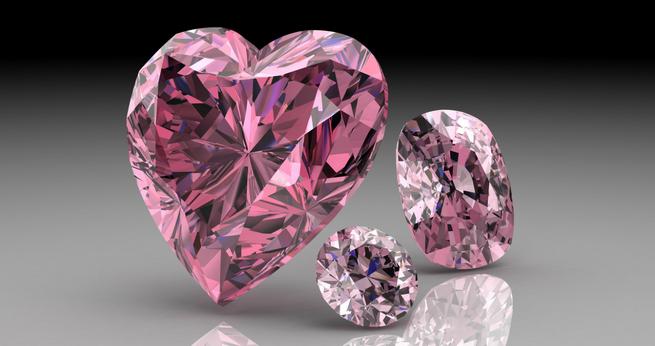
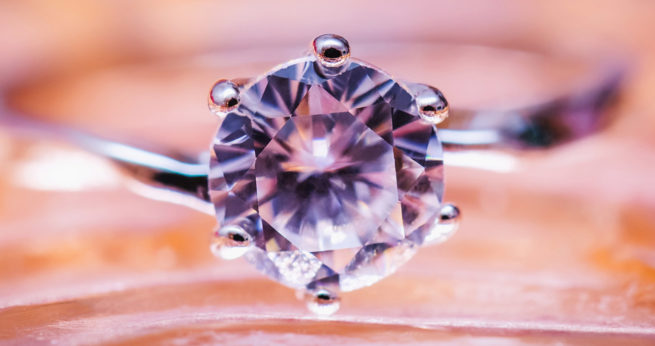
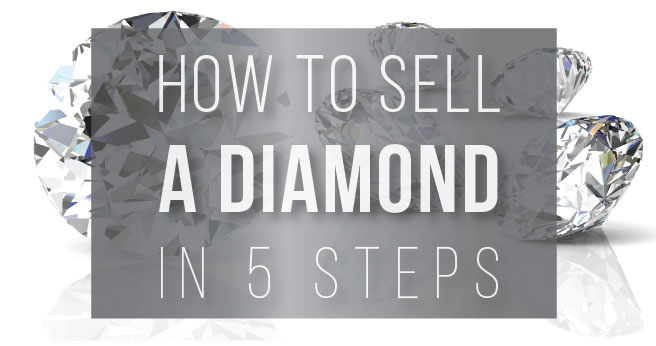
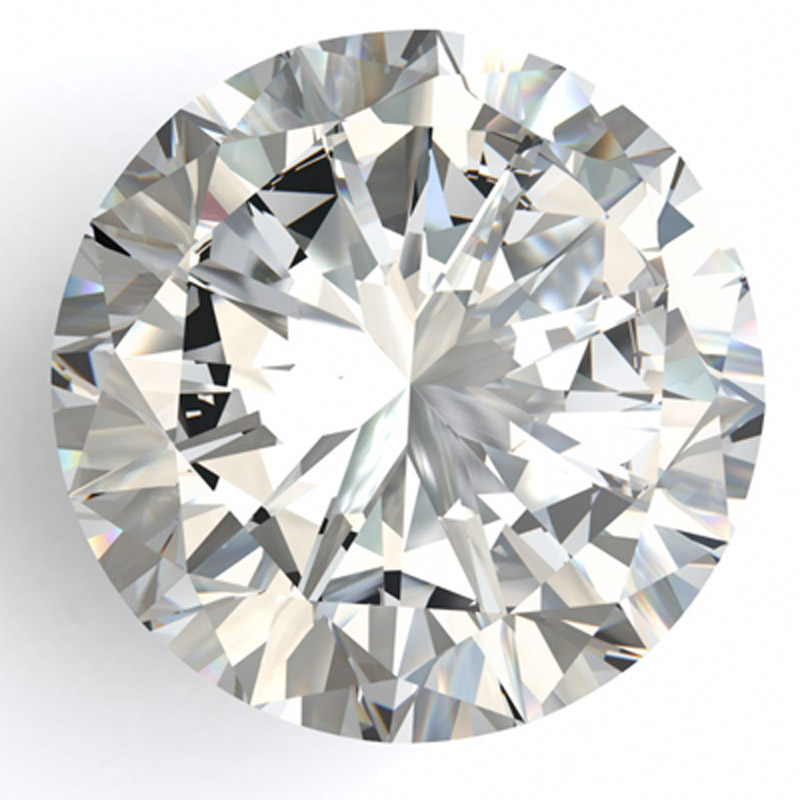
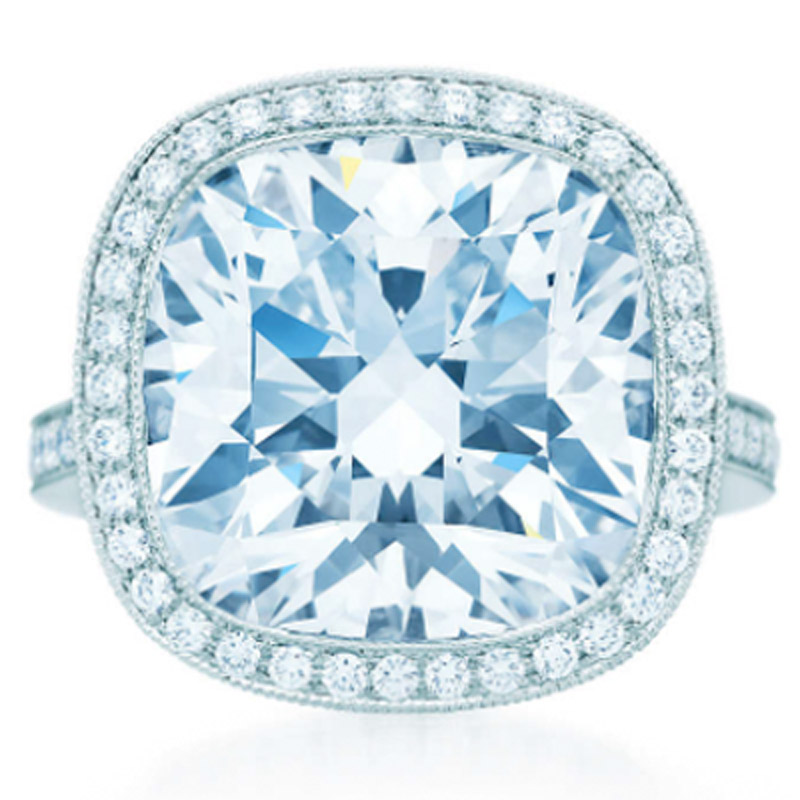
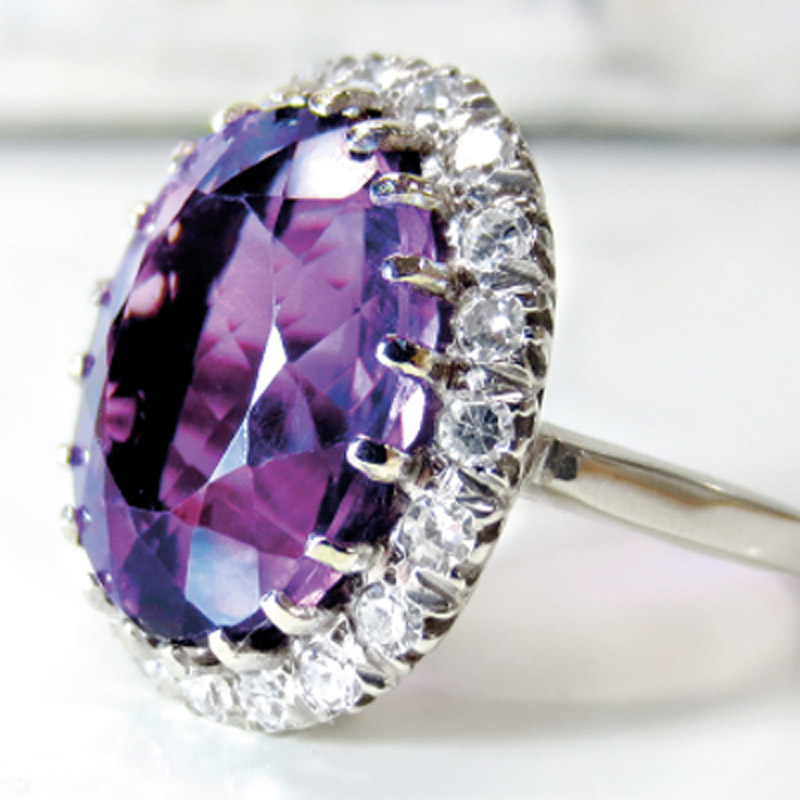
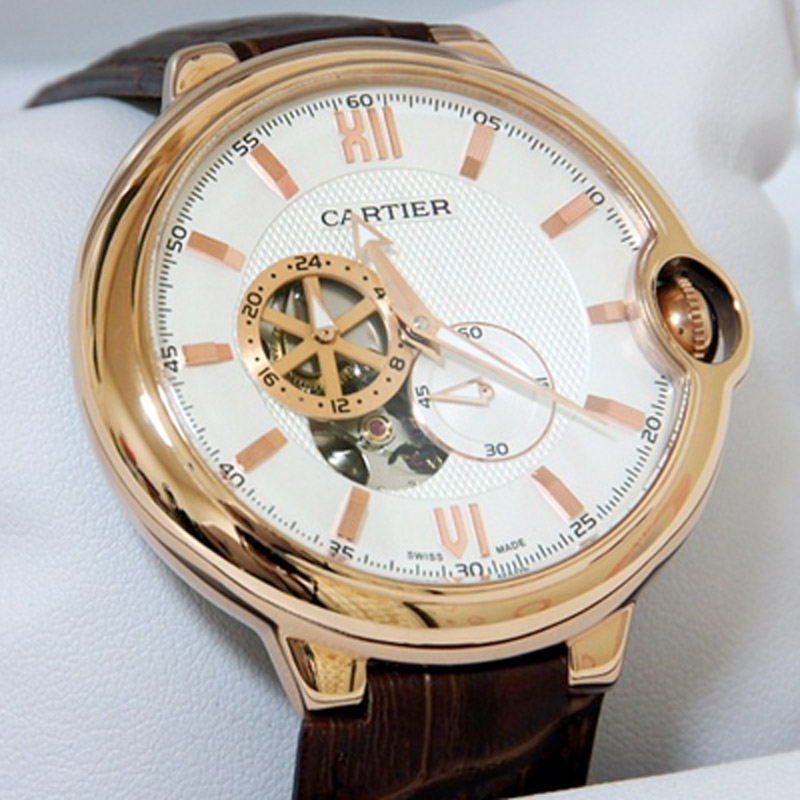
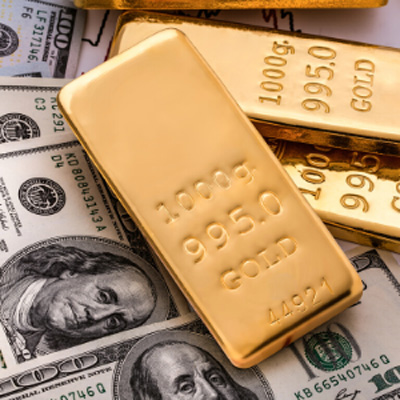
0 Comments